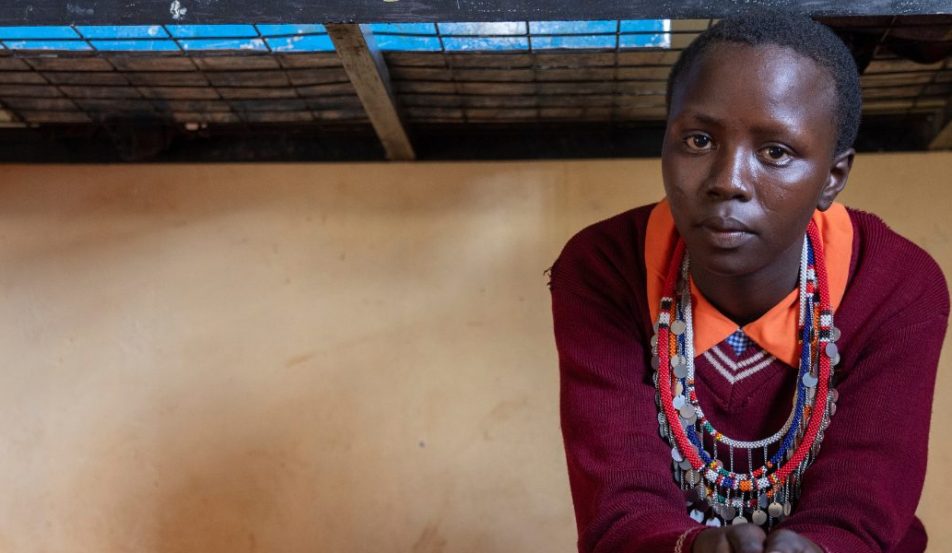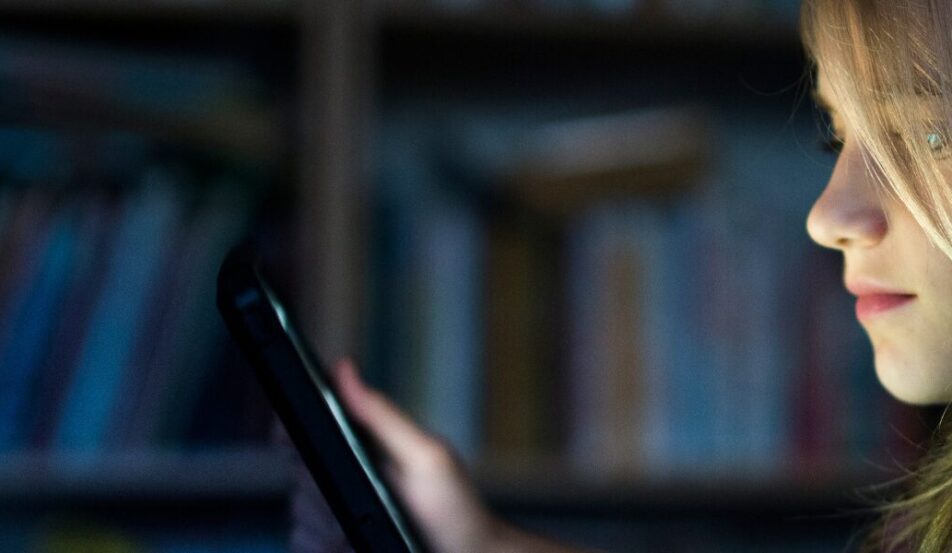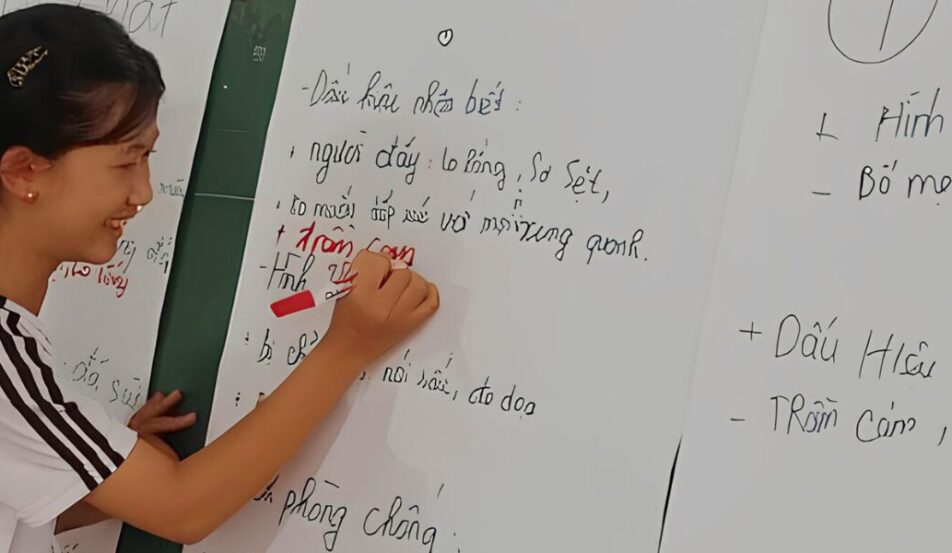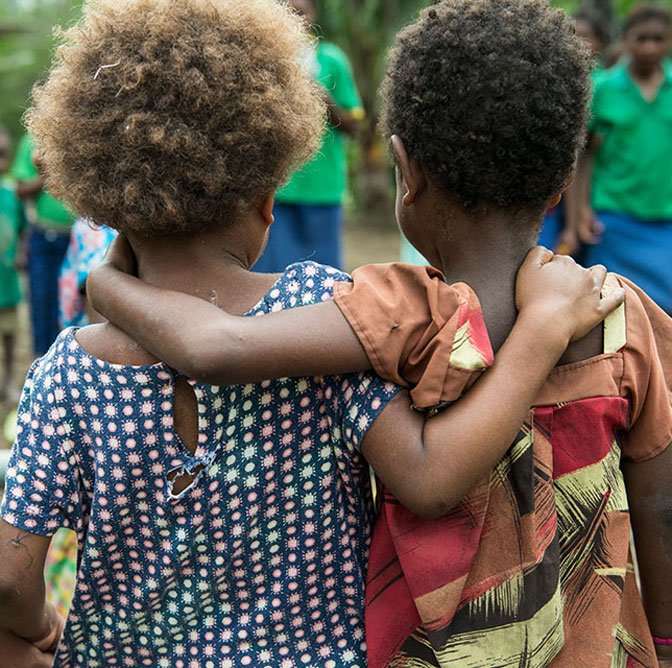Making every day a Safer Internet Day
Today is Safer Internet Day! The theme this year is “Together for a Better Internet”. The focus is on making our digital world safer for everyone, especially children and young people.
Online safety for children is a top priority for ChildFund Australia – not just today but every day. We’re working with young people, families and their communities globally to make sure they have the knowledge and skills to effectively navigate change and manage influences online. Our SwipeSafe Program is one of essential initiatives in this area. It was launched in 2017 with the aim of preventing the online abuse and exploitation of children. We also provide online safety training to young people so they can support their friends and other children in their community to protect themselves online.
We spoke to Amerng, 19, and Luly, 20, who have been ChildFund in Laos youth volunteers since 2021, to find out what online safety means to them and their communities. Like most digital-savvy young people, they use the Internet to speak with friends and family, study and for work. Of course, they also enjoy social media, watching YouTube and listening to music online. They shared with us the valuable lessons they have learnt through their online safety training, the risks children face while using the internet, and why everyone plays a role to play in creating a safer online environment.


Why they decided to become youth volunteers:
Amerng: I wanted to challenge myself, explore new opportunities, gain valuable experience for personal growth, and make a meaningful contribution to the development of children and young people.
Luly: I decided to become a volunteer because I wanted to learn new skills and make a difference in the world.
What they have learnt about online safety, especially when it comes to sharing personal information:
Amerng: I have learned a lot about the importance of understanding the permanence of images or information that we share on the Internet. Once posted, content may remain accessible indefinitely, as it could be saved on a server potentially retrieved even if deleted.
Luly: Previously, I used to post on social media without considering the outcomes. However, after learning about online safety through ChildFund in Laos’ training program, I have become more cautious about sharing information online. I now understand that our online posts can have long-term consequences.
The pros and cons of the Internet for children and young people:
Amerng: The Internet has a big impact on children and young people as it has become an essential part of their lives, making things easier. It has become so important that society might find it harder to function without it! On the other hand, without the internet, people might talk to each other more, which would be good. But it could also be hard because we’re reliant on the internet for so many things.
Luly: So many children today are becoming addicted to social media, causing them to isolate themselves and avoid outdoor activities. Spending too much time on phones can lead to negative consequences in the future. It’s important to find a solution to prevent this. However, if we use the internet safely, it can lead to positive outcomes. This highlights the significance of education, as the internet offers a wealth of information and resources. How can we trust the source of information? One way is to check if the website or organisation providing the information is credible. For example, the information from ChildFund is trusted because these organisations are considered reliable sources.
On the importance of learning online safety skills at a young age:
Amerng: It’s important for young people to have critical thinking and analysing online interaction skills to determine if the person they are interacting with is real and trustworthy. Having these skills would effectively protect everyone from potential scams and risks.
Luly: In this modern age of technology, we are closely connected to the Internet. Having the skills to use it safely will benefit us in our daily lives and work and help protect us from the potential dangers of the online world.
What they believe are the biggest dangers online:
Amerng: Children and young people using the Internet may be at risk of being exposed to inappropriate content such as pornography, emotionally and verbally violent media, and becoming excessively addicted to social media. This can prevent them from engaging in activities that are important for their development.
Luly: The internet presents various risks, including the spread of fake news, which was particularly problematic during the COVID-19 period. Many people became reliant on false information, impacting their daily lives. Also, the online world is full of scammers, making it more dangerous for users.
Why it takes a village to create a safe online environment for children and young people:
Amerng: Adults, particularly parents, need to closely monitor and limit children’s access to online media until they can discern appropriate content. Teachers should also educate students about safe internet usage, starting from the 4th or 5th grade, even if it’s not of the official curriculum.
Luly: The first is the parents. Parents can monitor their child’s Internet usage behaviour. If there is a risk of being addicted or being misled, they can teach and limit their child’s Internet use if necessary. Then the community or people who work with children can organise activities about the safe use of the Internet for children. If they have knowledge, they will be more careful.
The advice they would give children and young people when it comes to staying safe online:
Amerng: The internet has both pros and cons. It’s important to learn how to use it safely to protect our personal information from being leaked and to avoid falling victim to cybercrime or scams.
Luly: I would advise my friends to use critical thinking when using the internet. For example, if we come across news, let’s not believe it right away. We should take a moment to think and ask ourselves if it’s trustworthy. If it’s not, we can look for other sources to verify the information.
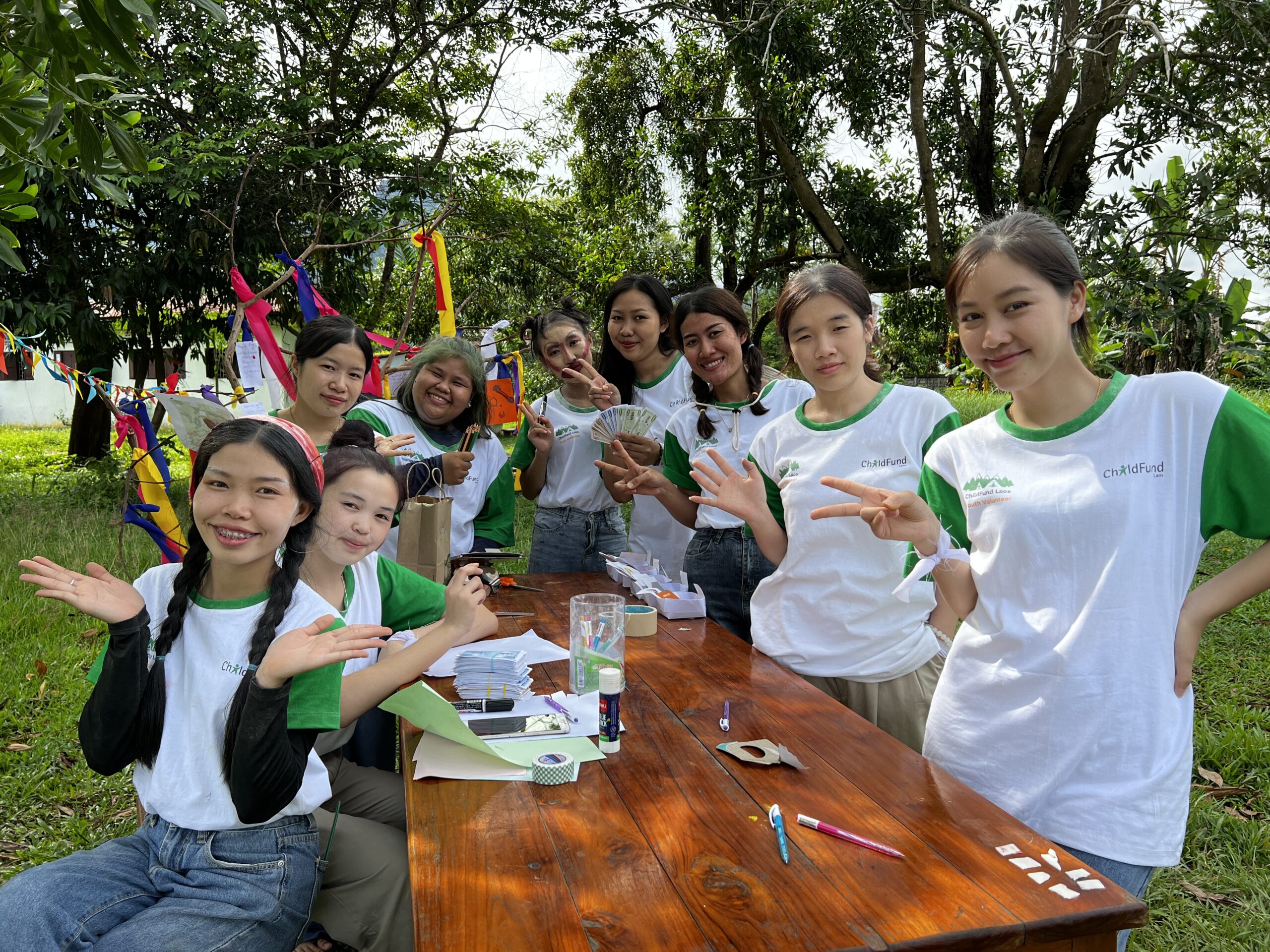
Here’s how to protect yourself and others this Safer Internet Day, and beyond!
Do a digital spring clean. Check to see if your apps and devices are secure by reviewing your privacy settings regularly.
Balance your time online. How do you feel when you’re on your device? Too much time scrolling can negatively impact our mental and physical health and relationships with others, so it’s important to set boundaries to protect your wellbeing.
Take a moment to reflect on how you use the Internet. Do your actions online affect others or your safety? For instance, have you left negative comments on someone’s profile or received harmful content before?
Do your research. With so many new apps and ways of sharing content it can be hard to know how platforms store and share information. Protect yourself and others by visiting trusted sites to find out how to stay safe online and report online abuse.
Spread the word. You can help raise awareness about the importance of online safety this Safer Internet Day at home, school, work or in your community. eSafety has a bunch of great resources to help get you started. You can share them with friends, family, colleagues through your social channels. If you’d prefer an old-school approach, and to connect in real life, why not host an event to promote Safer Internet Day in your community? The options are endless!
Find out more about our SwipeSafe Program and work in ChildFund in Laos.































